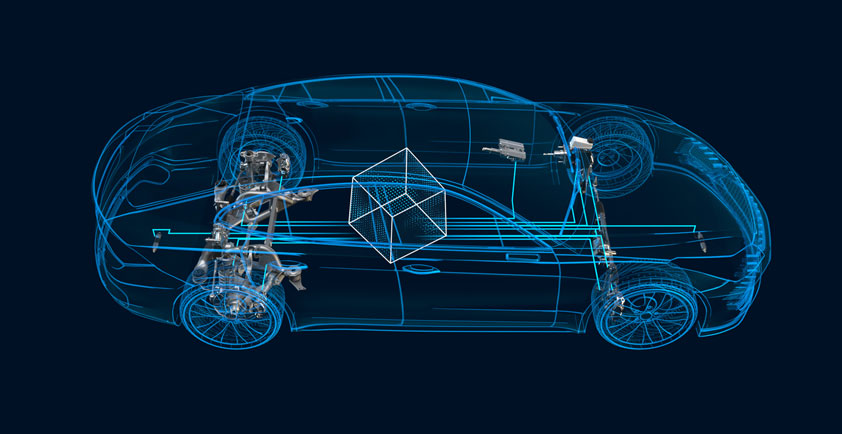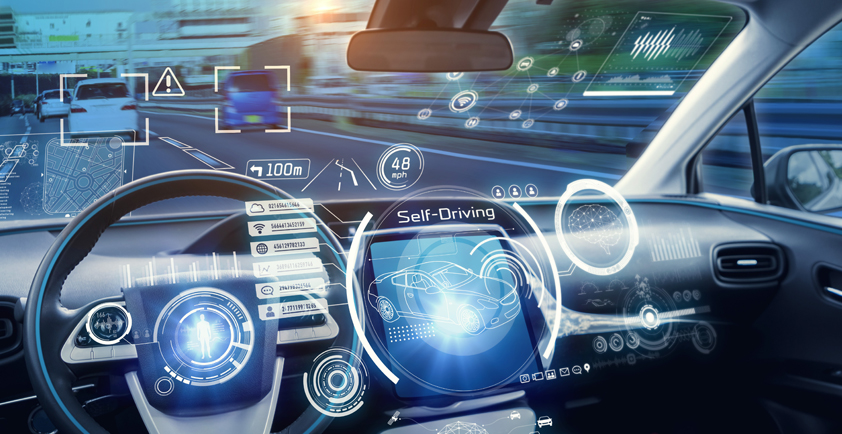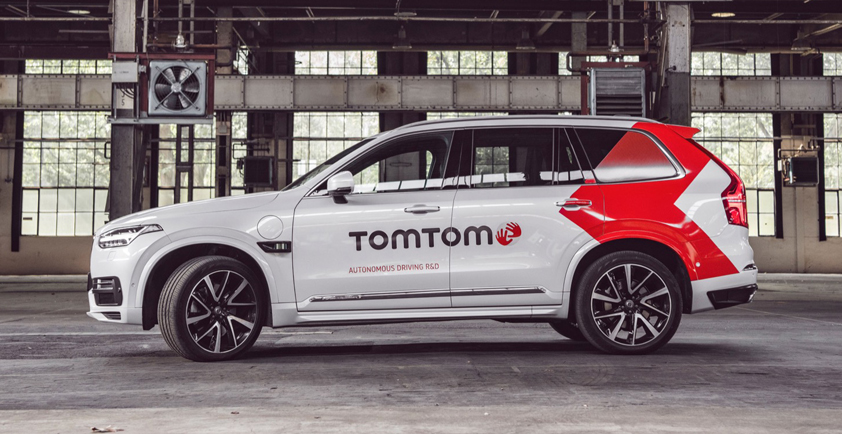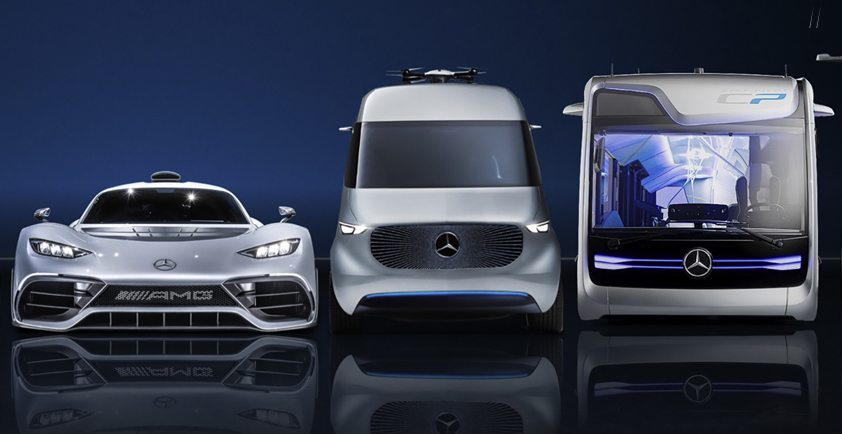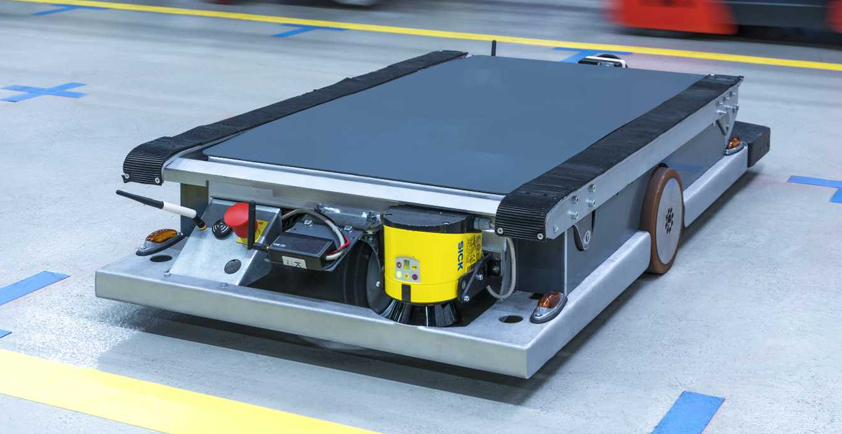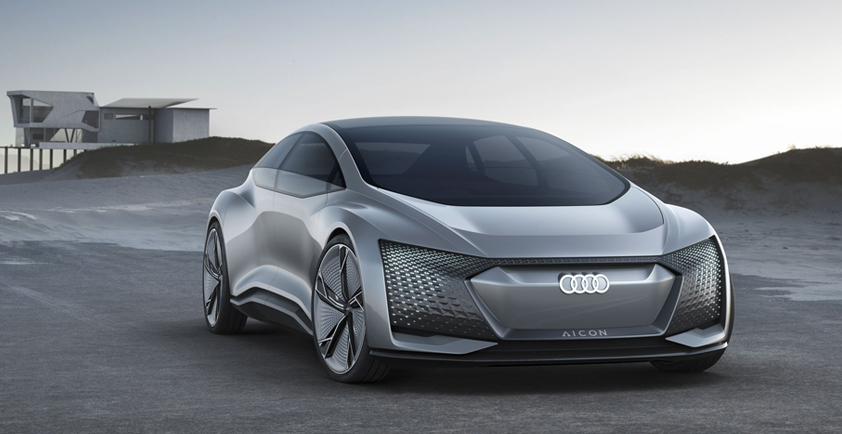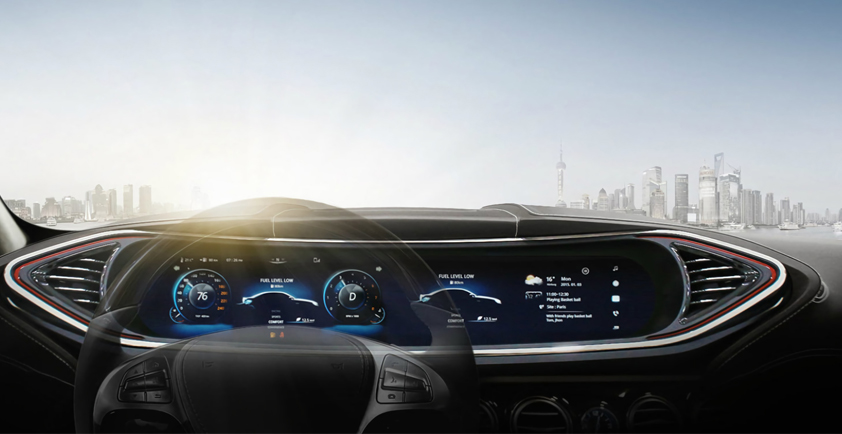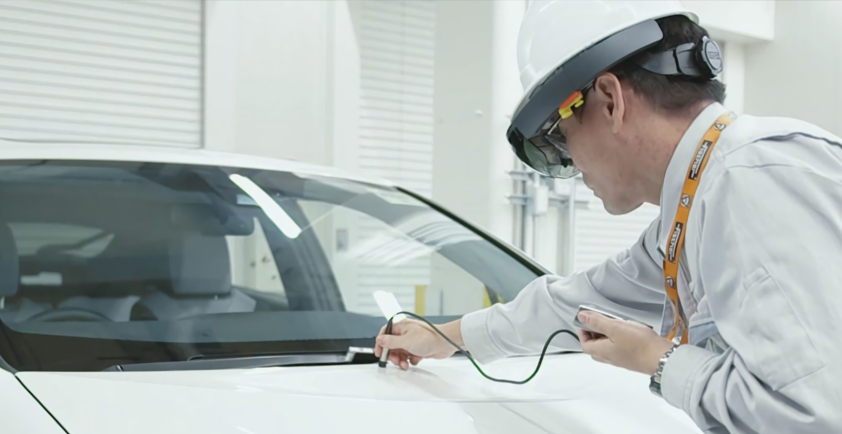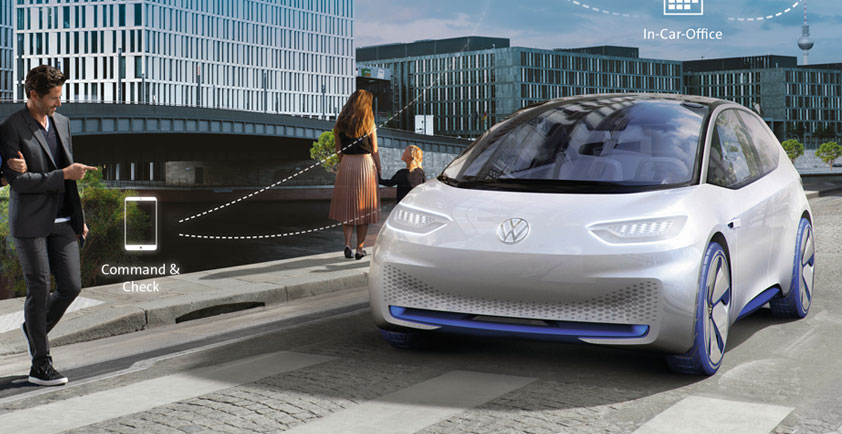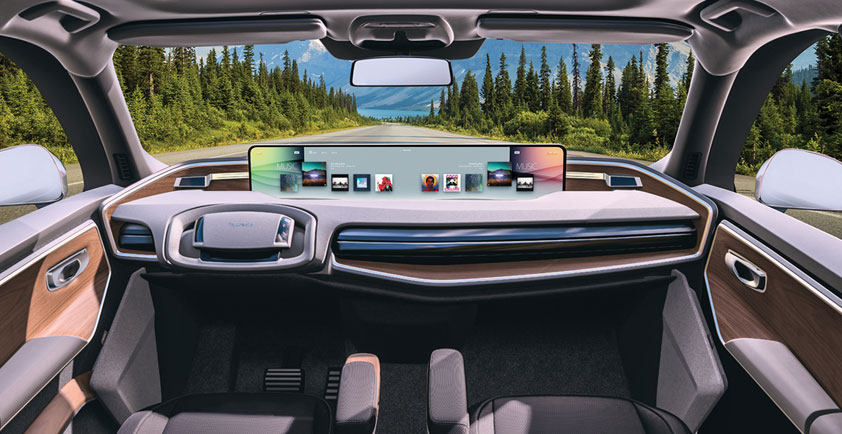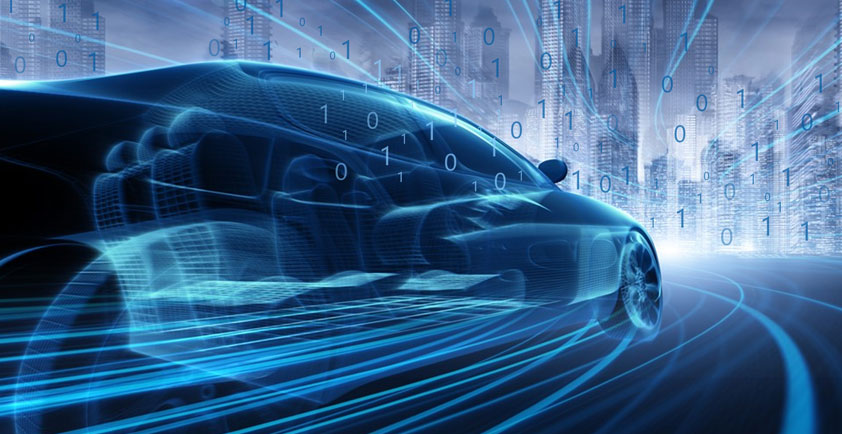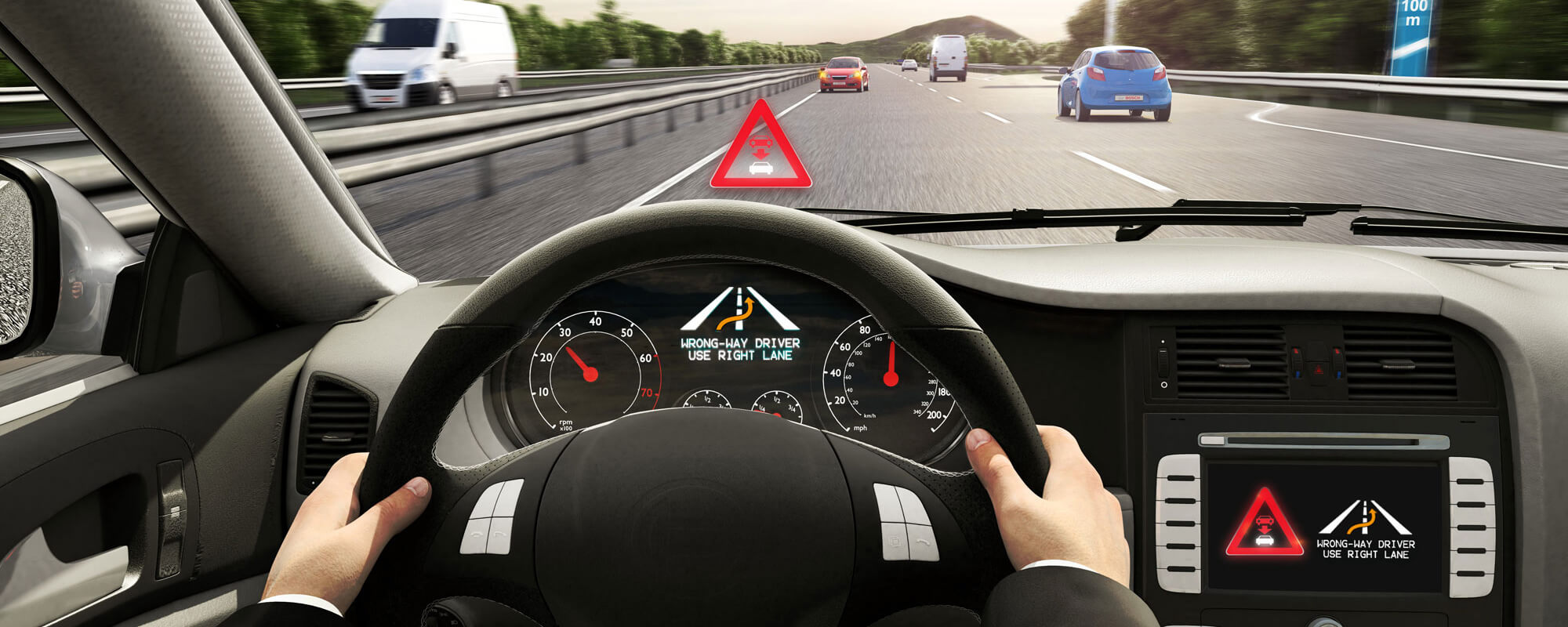
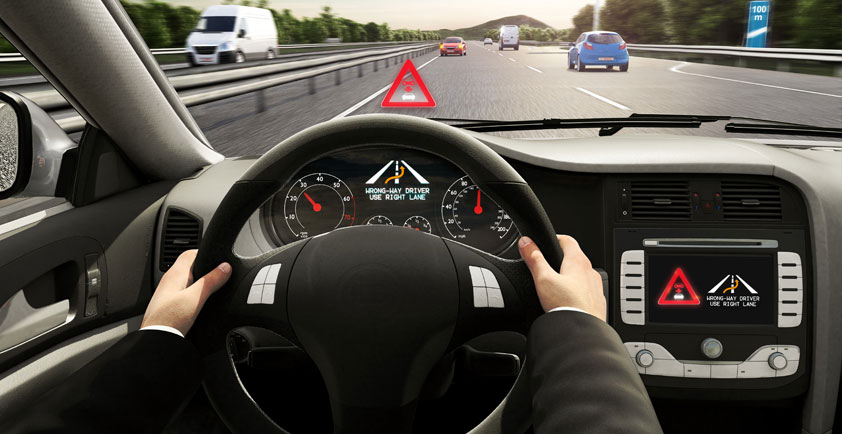
BOSCH USES IOT INNOVATION TO DRIVE TRAFFIC SAFETY IMPROVEMENTS BY HELPING DRIVERS AVOID SERIOUS ACCIDENTS
Bosch, a multinational engineering and technology company headquartered in Gerlingen, Germany, used Microsoft Azure to create the Bosch Wrong-Way Driver Warning solution, which improves traffic safety and can help to save lives by detecting vehicles that are traveling the wrong direction on freeways and divided highways. Within seconds, the solution alerts wrong-way drivers and other motorists in the vicinity who may be at risk, and then relays precise instructions for corrective actions they can take to avoid a collision. Drivers can access the solution on multiple platforms, and manufacturers can install it in any car or after-market vehicle system.
It’s not uncommon for drivers to get confused and take a wrong turn, especially at night or in bad weather when visibility is limited. Usually, such errors are merely inconvenient, forcing drivers to make a short detour to get back on track—but wrong turns are sometimes deadly.
Every year, 300 to 400 people in the United States are killed and thousands more injured when vehicles traveling the wrong direction on a divided highway or a freeway access ramp collide with oncoming traffic. Across the European Union, wrong-way driving causes several thousand accidents annually, many of them high-speed, head-on collisions that lead to death or massive injuries for drivers and passengers. Although the incidence of wrong-way crashes is relatively low, accounting for only about 3 percent of highway accidents, they are 27 times more fatal than other collisions.
Bosch, a multinational engineering and technology company based in Germany, is committed to providing services, products, and solutions that make people’s lives easier and safer. Developing a solution to warn drivers at risk of wrong-way accidents is an outstanding example of that commitment, and the project had strong executive support from the beginning. The Bosch Wrong-Way Driver Warning (WDW) solution also fits well with Vision Zero, a European Union initiative that started in Sweden and is quickly spreading across the globe. Vision Zero aims to end all traffic fatalities and serious injuries by 2030.
Helping drivers avoid head-on collisions
Using Microsoft Azure services and advanced Internet of Things (IoT) capabilities, Bosch created one of the world’s first connectivity-based wrong-way driver warning solution. The Bosch Wrong-Way Driver Warning solution quickly detects vehicles traveling the wrong direction on highways and freeways, and seconds later notifies the offending driver as well as other motorists who may be at risk.
The Bosch WDW solution runs as a service on Azure and includes a software development kit (SDK) that app providers, automakers and other original equipment manufacturers (OEMs) can use to connect the service to their products. The solution architecture combines an innovative map-matching algorithm and the scalability of Azure Kubernetes Service and the Apache Kafka streaming provided by Azure HDInsight.
The solution is designed to work on high-speed, divided thoroughfares or expressways with a barrier or median strip in the middle and exit and entrance ramps on both sides. When a vehicle approaches a highway entrance or exit ramp, the Bosch WDW solution automatically sends anonymized GPS positions of the vehicle’s current movement and direction to the cloud. The solution then compares the vehicle’s actual movement with the permitted direction of travel, which is stored in a cloud-based database.
“If the two data sets don’t match, the system immediately alerts the driver who is moving in the wrong direction,” says Christian Jeschke, Product Owner of Connected Mobility Solutions at Bosch. “At the same time, the solution notifies all nearby networked motorists who are driving toward the wrong-way driver, alerting them to the danger and telling them precisely what they must do to get out of harm’s way and avoid a collision.”
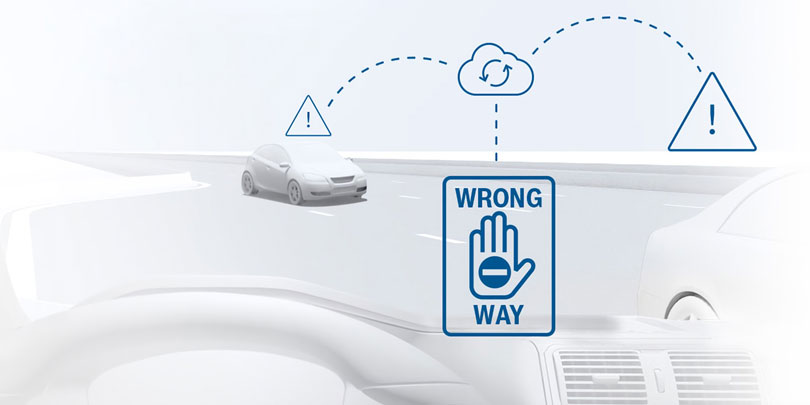
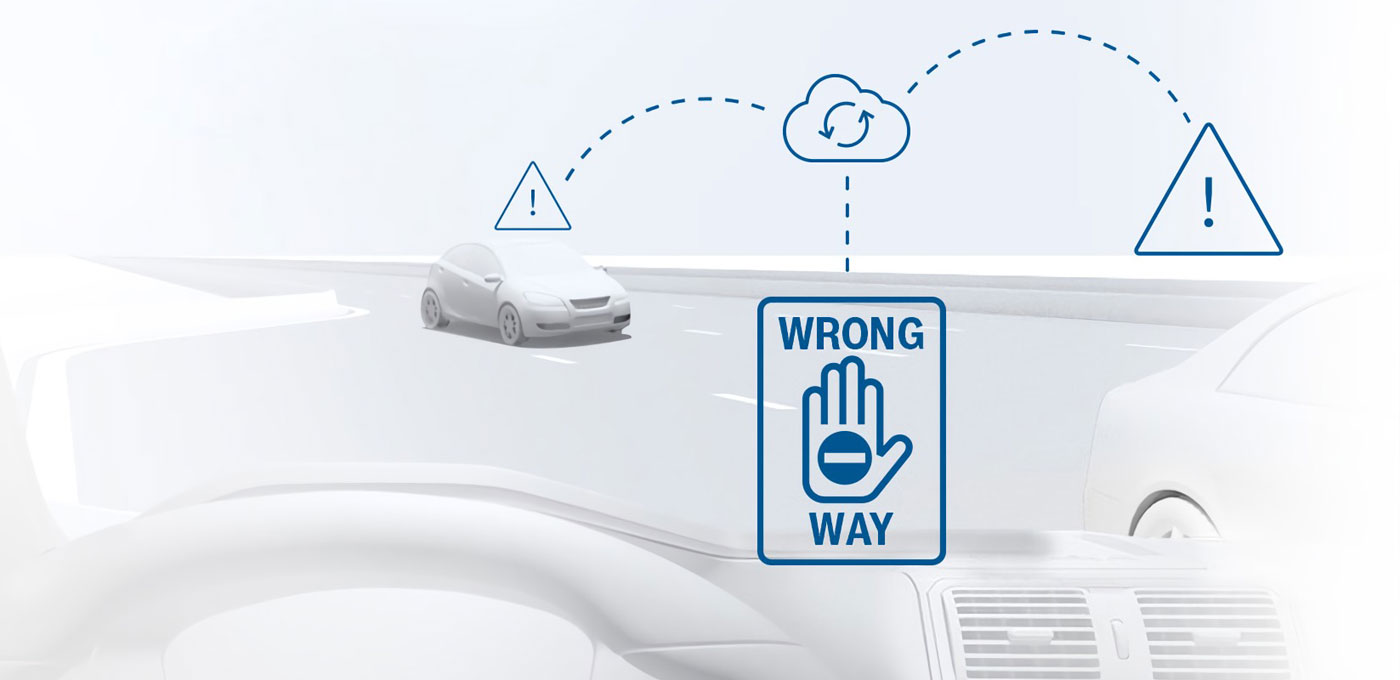
Building a life-saving IoT solution
Early in the development process, Bosch reached out to NDrive, a Portuguese company that is one of the largest navigation service providers in Europe. NDrive was one of the first companies to sign on as a partner for the Bosch Wrong-Way Driver Warning solution, agreeing to connect the SDK to their navigation systems. With millions of people already using its services, NDrive also offered Bosch an extraordinary opportunity to test the solution. More than that, NDrive provided additional expertise.
“We built our own back-end services to facilitate communication between our applications and the Bosch solution,” says João Neto, CEO at NDrive. “We also built the user interface in the app to manage the system, and we helped Bosch fine-tune the system.”
Jeschke agrees, “Working with NDrive, we rolled out the solution all over Europe. NDrive also contributed a lot in the development phase, so it became a really close collaboration and partnership between our two companies.”
For the initial rollout in Germany, Bosch defined 2,670 bounding boxes, each one a polygon of GPS positions that corresponds to a specific highway entrance or exit and defines an area where a wrong-way driving incident is most likely to begin. The solution does not track vehicles outside the bounding boxes. It only starts receiving GPS signals when the vehicle enters a bounding box at a highway entrance or exit ramp. As soon as the vehicle travels outside that defined space, the signals stop.
The edges of each bounding box are strictly aligned with the street it covers, so if a driver is even a couple of meters off the side of the road, they are not sending any information. In addition, the data is completely anonymous. The system assigns random identifiers to vehicles as they enter the bounding boxes. If a vehicle leaves one bounding box and enters another one—for example, by entering the highway in one place and exiting farther down the road—it receives a different random ID in each location.
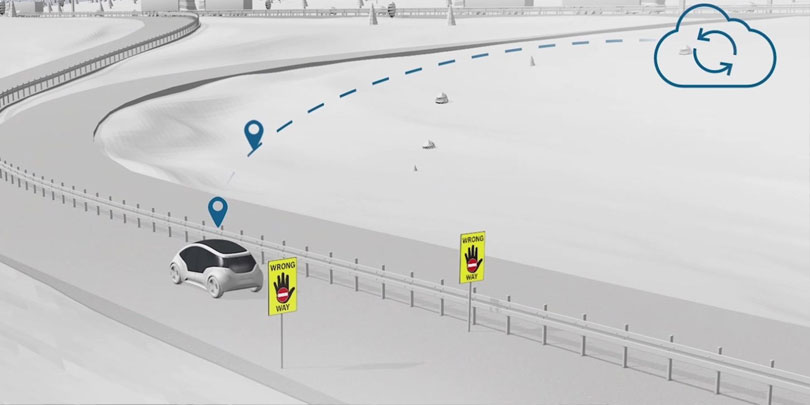
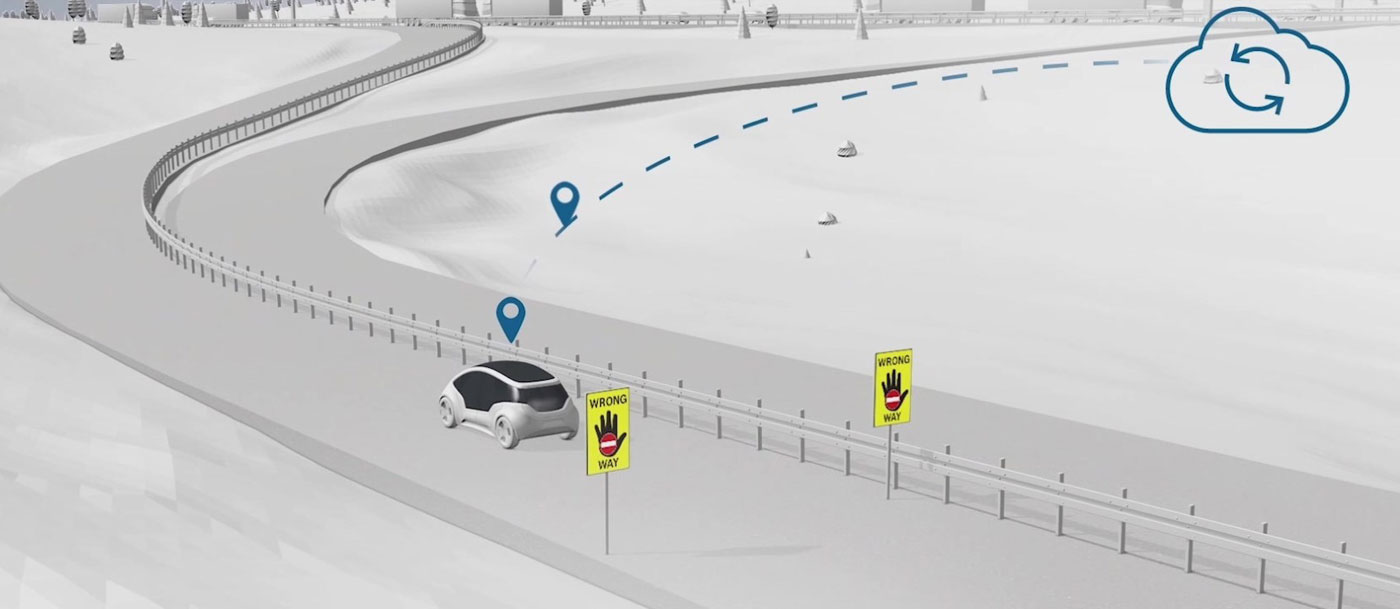
Extending the solution to new markets and new platforms
Currently, Bosch has around 13,000 defined bounding boxes for 15 western European countries, and by the end of 2019 the company plans to include every relevant highway entrance and exit in northern and eastern Europe. Within roughly that same timeframe, Bosch intends to implement the service in North America.
Jeschke points out that implementing the service in a new country isn’t always a simple matter. Even major highways in some countries are not divided and the traffic is haphazard, making it nearly impossible at this time to accurately identify drivers who are traveling in the wrong direction. Even in the most advanced nations, infrastructure can pose challenges.
“Take the example of the United States,” says Jeschke. “The highway junction views in the system differ from those in Europe. Usually they are more complex, so we need more parameters and a more sophisticated algorithm to accurately detect wrong-way driving in the United States. Bosch is working on that, but in expanding the system to new countries they will need to consider everything on a case-by-case basis.”
Bosch provides the SDK for iOS and Android to make it easy for companies to add the service to their apps, as well as new vehicle systems. New partners and customers implement the Bosch SDK, and their users download it. Bosch then runs extensive tests to ensure the system is working correctly before making it live.
Currently, the WDW solution is available as an integrated feature in a growing number of smartphone apps. “We have many different partners—from navigation app providers to radio stations and newspapers with smartphone apps—and somewhere between 12 million and 15 million downloads,” says Benjamin Schön, Product Manager for WDW at Bosch. According to Schön, one advantage of offering the solution as an integrated service on a variety of smartphone apps is that it provides more complete protection. “The apps don’t even have to be open in the foreground,” he says. “If you read the news or check stock prices while you’re having breakfast, and then get in your car to drive to work, you are still protected if those apps are still running in the background.”
Bosch is also encouraging automakers and other OEM partners to integrate the solution into onboard vehicle software and after-market navigation and infotainment systems. “Many auto manufacturers and OEMs already offer connectivity packages—from navigation systems to infotainment services,” says Schön. “The Bosch Wrong-Way Driver Warning solution is a logical addition for many of these companies. Although the solution is extremely economical and consumes very few resources—the SDK is only a few megabytes—it delivers tremendous safety benefits for end users.”
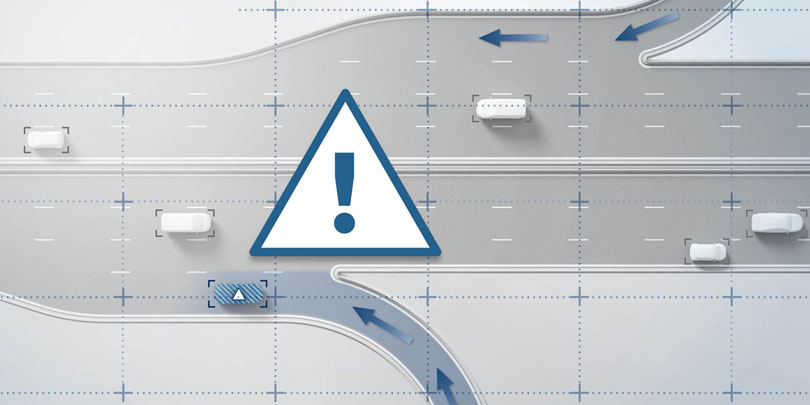
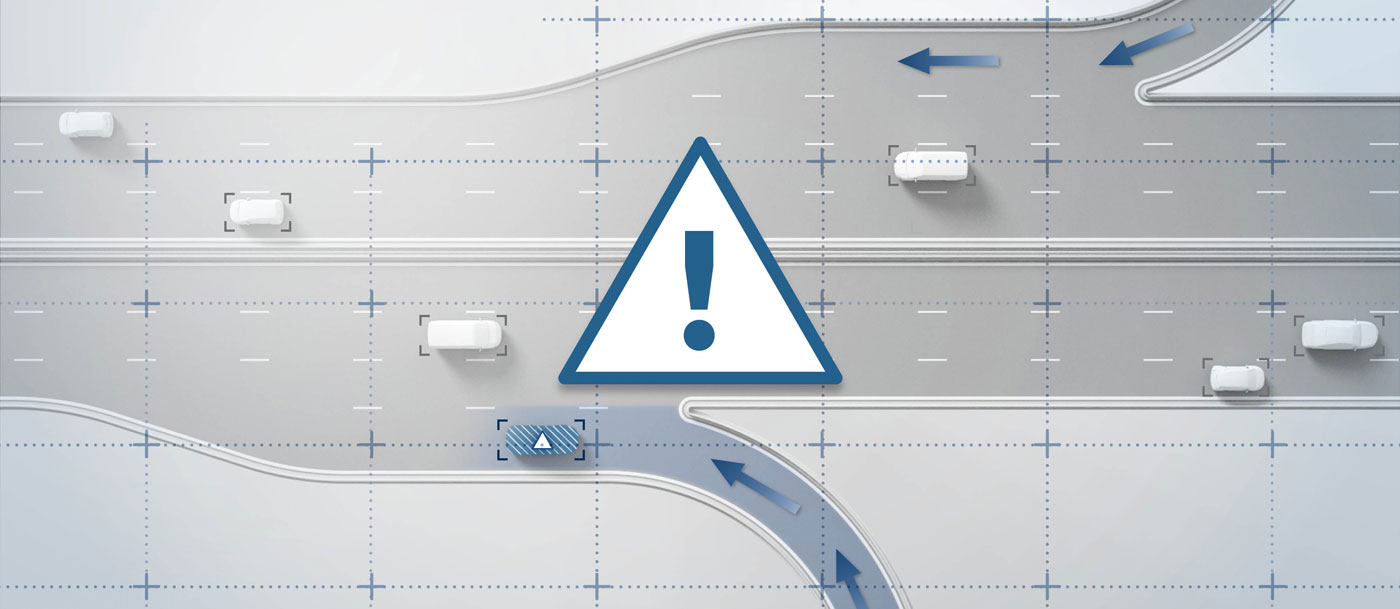
Delivering faster, more precise warnings
When drivers and passengers are in danger because a vehicle is traveling the wrong way on a high-speed road or freeway, there is no time to waste. The sooner the affected drivers can be alerted, the more likely lives can be saved by telling them how to avoid a potentially deadly accident.
“Our reaction time is much faster than other systems,” says Jeschke. “Broadcast alerts sometimes take more than 4 minutes, because the information must be confirmed before it can be broadcast. With our solution, wrong-way driver warnings go out within 7–10 seconds.”
At present, the Bosch connectivity-based solution is far more accurate than alternative solutions based, for example, on navigation systems.
“We have implemented several filters in our service that help us to achieve an impressively low false-positive rate and a very good true-positive rate,” says Jeschke. “The true-positive rate is above 94 percent and the false-positive rate is below 0.0004 percent.”
Improving traffic safety and saving lives
Every potential wrong-way driver accident that the system helps to avert represents one or more lives saved. Even though the incidence of wrong-way driving crashes is relatively small compared to the total number of traffic accidents each year, they account for thousands of deaths and many injuries throughout Europe, across the United States, and around the world.
According to Jeschke, one of the key differentiators for the Bosch WDW solution, and one of the reasons it is so effective, is that it not only warns drivers that they are in danger from a potential accident, it also tells them how to protect themselves. Offending wrong-way drivers, and any other motorists who are traveling toward them and near enough to be at risk, receive persistent visual and voice warnings about the potential danger, plus precise instructions for corrective action.
“The point is not to simply warn you that you are in danger, the point is to tell you exactly what you can do right now to avoid a serious accident,” says Jeschke. “So, the system not only says, ‘There is a wrong-way driver headed your way,’ it also says something like, ‘You should pull over to the left shoulder at kilometer or mile marker X.’”
Right from the start the Bosch WDW system, which processes a massive amount of data—approximately 60 million data points every month—started showing positive results. “In just a couple of months with only limited installation, we were able to detect 10 wrong-way drivers,” says Jeschke.
With widespread adoption, the Bosch WDW solution has the potential to virtually eliminate such wrong-way accidents on high-speed roadways in many countries worldwide.
NDrive CEO João Neto agrees, “This is a matter of scale: if we are able to deploy the solution in every single solution NDrive provides, we’ll be able to reach a massive number of drivers and ultimately save lives.”
